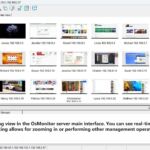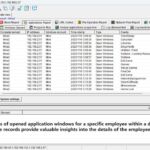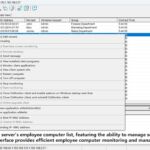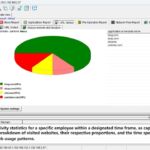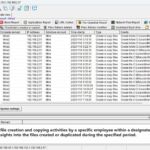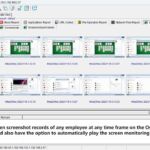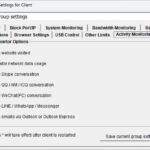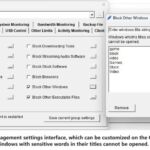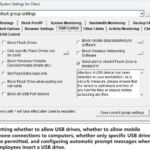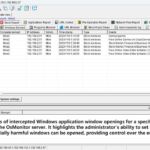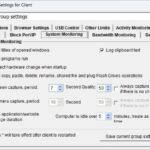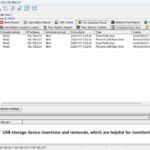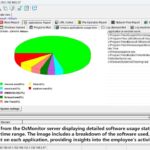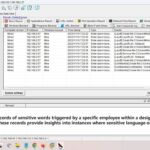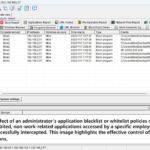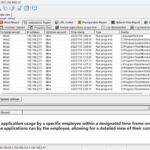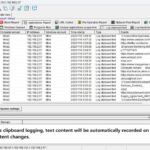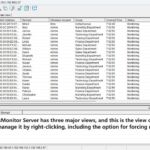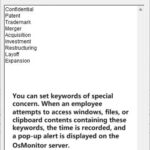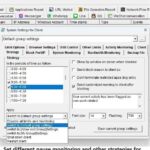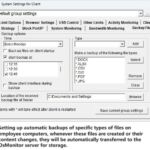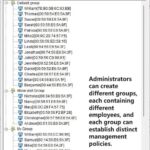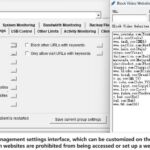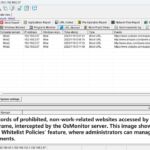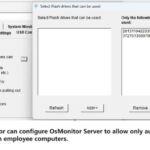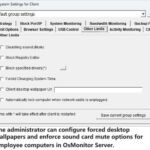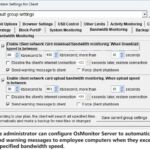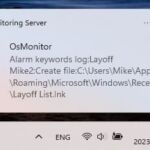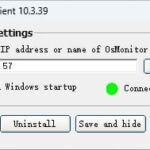Managing screen monitoring data is like tidying up a study room – you want to boost efficiency and save on storage costs. Video compression algorithms are like magical tools on the bookshelf. They can trim down the data size without wrecking the pictures, making data management a breeze. Here are some ways to spruce up screen monitoring data management using video compression algorithms:
- Choose the right compression algorithm: Get familiar with various types of video compression algorithms, like lossless and lossy compression. For monitoring data, you usually opt for lossy compression algorithms, as they can sacrifice a bit of image quality for higher compression rates. Common lossy compression standards include H.264, H.265 (HEVC), and more.
- Adjust resolution and frame rate: Lowering the resolution and frame rate of monitoring screens can significantly shrink data size. Usually, it won't affect grabbing essential information in monitoring scenes. For instance, you can dial down the high-resolution cameras to standard or lower resolutions, along with suitable frame rates.
- Bitrate control: Employ bitrate control to cap the data transfer per second. This ensures stable transmission even with limited network bandwidth, even if it means some image distortion in high-action scenes.
- Motion compensation: Motion compensation is a nifty technique in video compression. It encodes the differences between consecutive frames, instead of encoding each frame individually. This effectively trims data size, particularly in monitoring scenarios with lots of similar consecutive frames.
- Region of interest (ROI) compression: In monitoring scenes, only parts of the screen might carry vital info. Applying compression algorithms to the areas of interest, and higher compression to the rest, further reduces data volume.
- Dynamic parameter adjustments: Based on various monitoring scenes and needs, tweak compression parameters on the fly to achieve optimal compression and image quality.
- Storage strategy: When storing compressed video data, pick suitable storage formats and codecs to maintain the compressed state during storage and transmission.
- Smart analysis and filtering: Monitoring data often has repetitive or irrelevant scenes. Employ smart analysis and filtering techniques to retain only critical events and information, reducing storage and transmission load.
- Regular data cleanup: With limited storage resources, cleaning up redundant monitoring data periodically can free up space and ensure smooth system operation.
In a nutshell, acing this game of screen monitoring data management involves thinking about compression tactics, managing resolution and frame rates, and not forgetting the storage strategy bigwig. Based on our needs and wallet thickness, select the right compression methods and settings to capture the best visuals while saving some bandwidth.
About OsMonitor:
The mission of OsMonitor is to create a Windows computer system tailored for work purposes, effectively regulating employee computer behavior. It enables employers to understand what employees are doing each day, monitoring every action, including screen activity and internet usage. Additionally, it restricts employees from engaging in specific activities such as online shopping, gaming, and the use of USB drives.
OsMonitor, designed purely as software, is remarkably user-friendly and requires no additional hardware modifications. A single management machine can oversee all employee computers. As a leading brand in employee computer monitoring software with over a decade of successful operation, OsMonitor has rapidly captured the global market with its minimal file size and excellent cost-effectiveness compared to similar software. At this moment, thousands of business computers worldwide are running OsMonitor daily.



